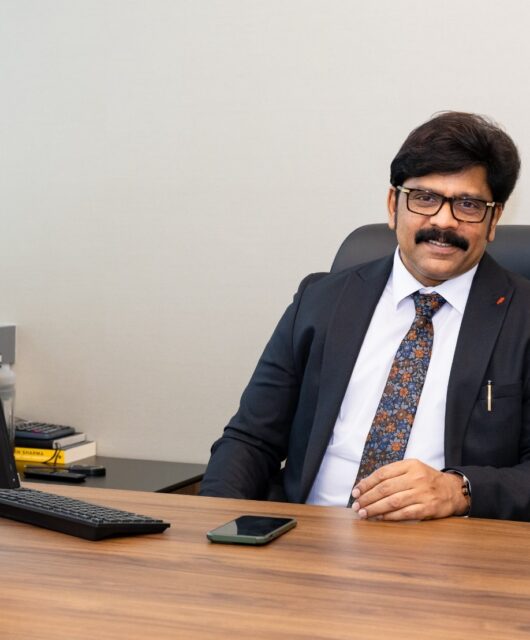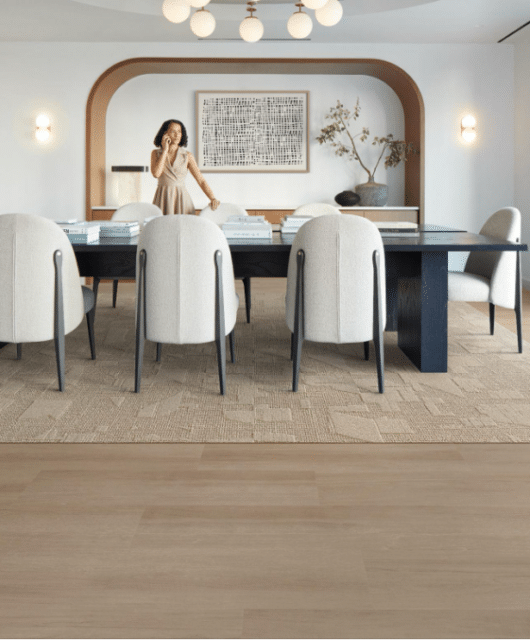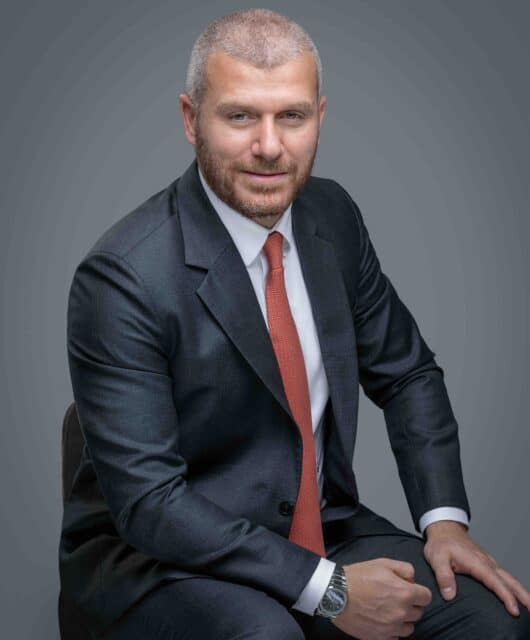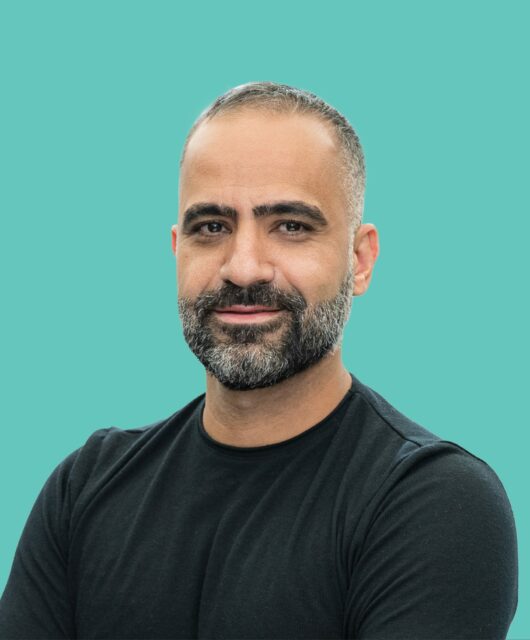Minimal yet detailed
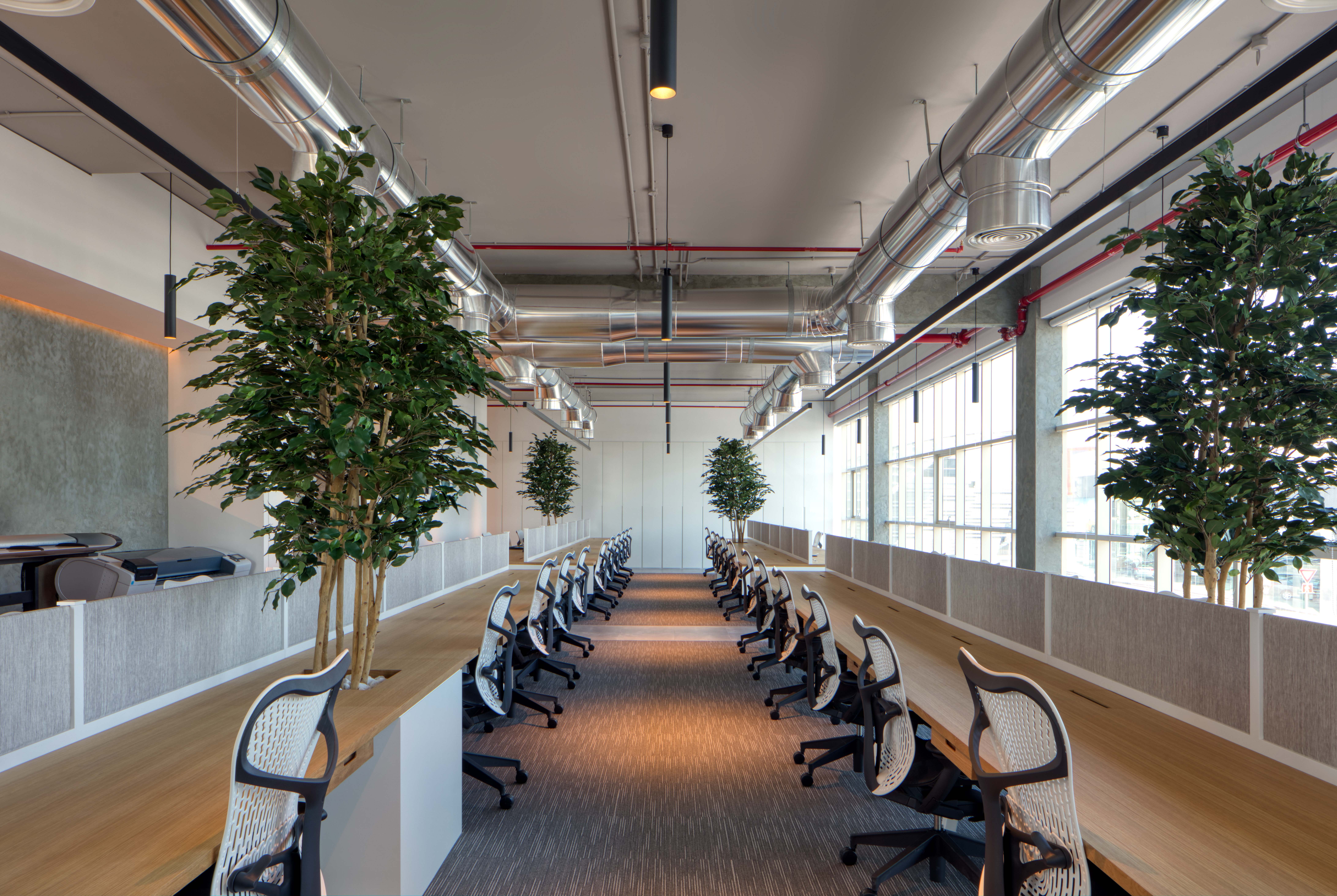 Omar Abdelghafour, owner at L.S.Design, on how space planning and innovation were critical to the success of designing BW Interiors office project
Omar Abdelghafour, owner at L.S.Design, on how space planning and innovation were critical to the success of designing BW Interiors office project
There is so much happening in the workspace design now than ever. An office must adapt to evolving technology, the new work norms, flexibility, work from home, and all the other environmental uncertainties. So, when When L.S.Design was working on the designs of BW Interiors head office in Dubai, Omar Abdelghafour knew that in the changing scenarios, space planning would play a crucial role in the success of this project, as he believes that ‘the office is an exercise in detail and space planning.’ BW Interiors’ office needed to reflect the skill-set and design direction that the fit-out contractor stands for. The flow was divided into three main areas, executive, front of the house (client-facing) and back of the house for staff. There was no aspect of this space that could not showcase or impress potential clients; everything was designed from the built-in joinery to the workstations to the desks and even the sinks.
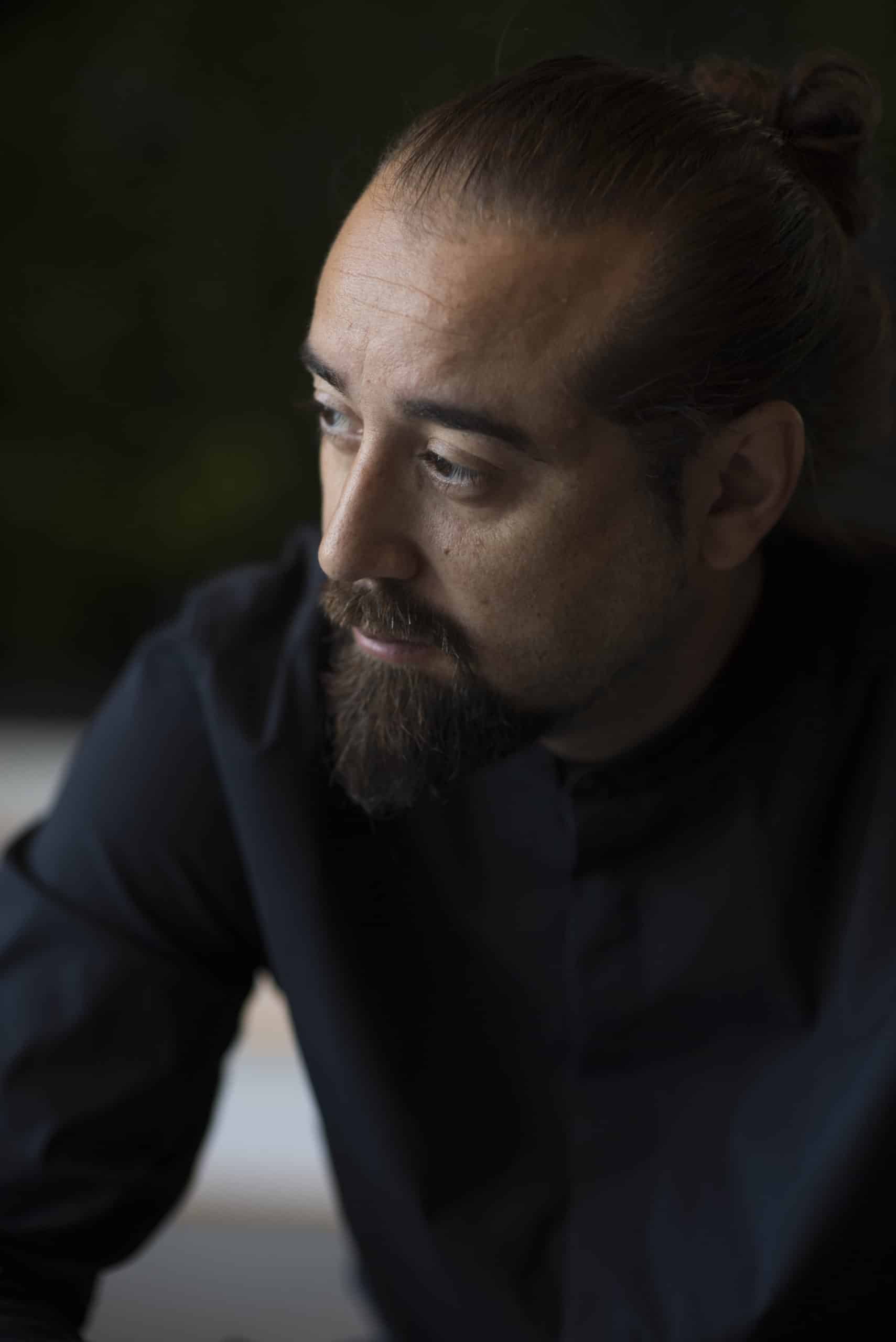
On this premise, the level of detail and selection of material was paramount from metal, marble, wood, joinery, and steel the office needed to incorporate all divisions of skilled work. The executive corridor houses two main offices in a tunnel of wood-panelled walls with steel-framed full height glass partitions, with minimal light to intentionally wash the corridor with shadows from the natural light. The reception area has a tree in the corridor as well as a dedicated sample room as well as a waiting area. The staircase was left as a rough concrete base finished with perfect wood panelling and lighting accents. Keeping to the industrial feel of the space. The open-plan office space is broken with trees to elevate the monotony of rows of desking.
Partitioning an office space is a great solution for maximising the available space. Abdelghafour explains: “The change in partitions from the executive full height glass to the back of house steel framed segmented partitions was again intentional. Showing the different skill-sets of the contractor. Space is minimal yet detailed space. There was no need to shout the excellence of this contractor’s skill-set but to impress in the subtle details. Shadow groves, seamless material integration, and superior MEP. The office is a stamen to what this contractor is capable of achieving. Less is more.”
Though the current pandemic has changed our mindset and the way we approach design, Abdelghafour firmly believes that workspace design was already ever-evolving and it changes according to the pace, style, and the way we work. He explains: “Office design has evolved and changed not just from COVID-19 but from how we work today as a whole, from cubical and closed offices spaces to open plan and interactive workspace, due to COVID-19 we have had to adapt spacing and become innovative with space plans. This new distancing was implemented within this design and undoubtedly will become the new norm.”
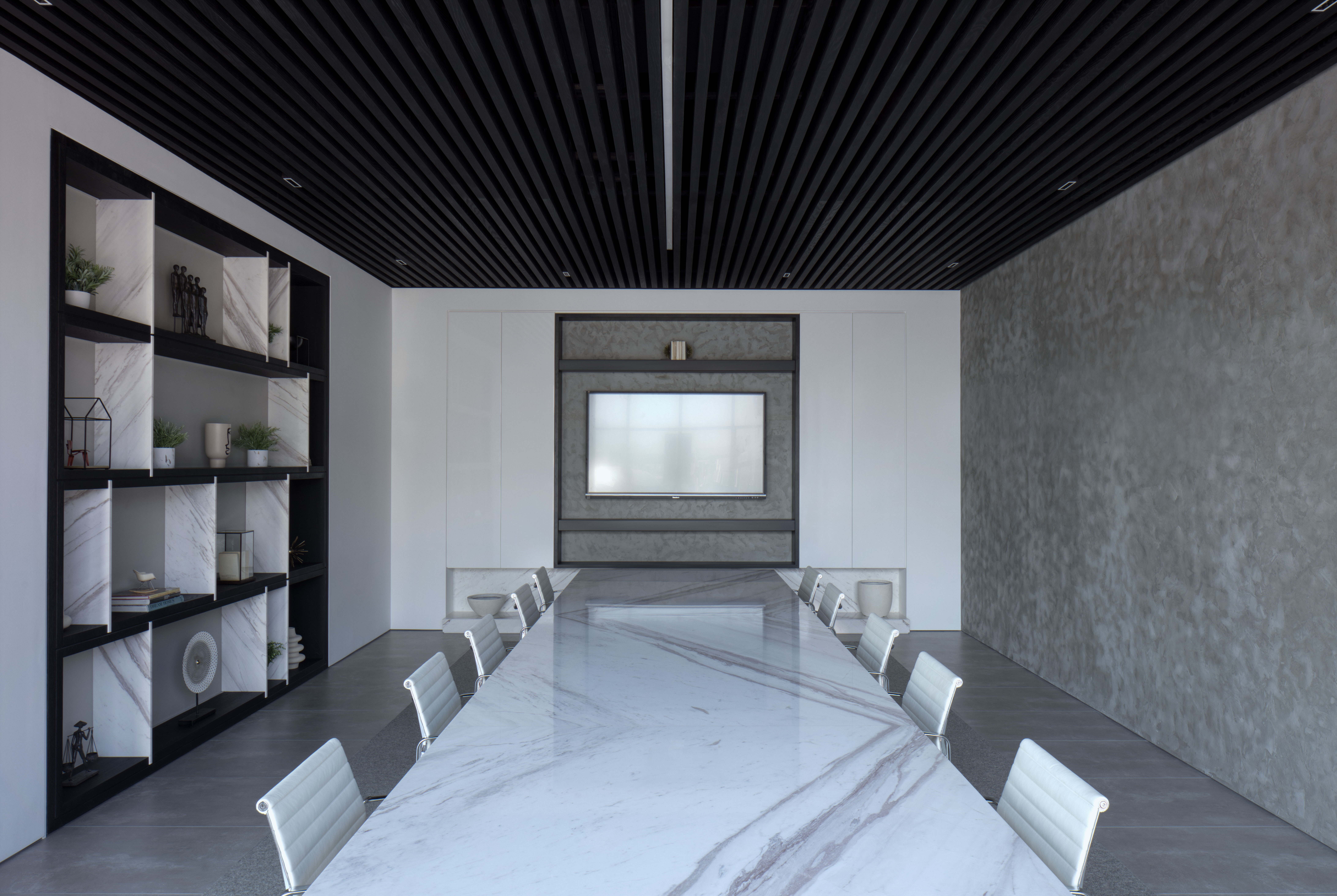 Flexibility is another keyword in designing workplaces. “We used flexi desking to help maintain the workflow and the flexibility of this space,” shares Abdelghafour. Though the world is currently taking part in the biggest remote working experiment. Abdelghafour firmly believes that the physical workspaces will not lose their relevance in the future, “We feel the workspace is integral and to lose this interaction will, in the long run, be detrimental to productivity.”
Flexibility is another keyword in designing workplaces. “We used flexi desking to help maintain the workflow and the flexibility of this space,” shares Abdelghafour. Though the world is currently taking part in the biggest remote working experiment. Abdelghafour firmly believes that the physical workspaces will not lose their relevance in the future, “We feel the workspace is integral and to lose this interaction will, in the long run, be detrimental to productivity.”


